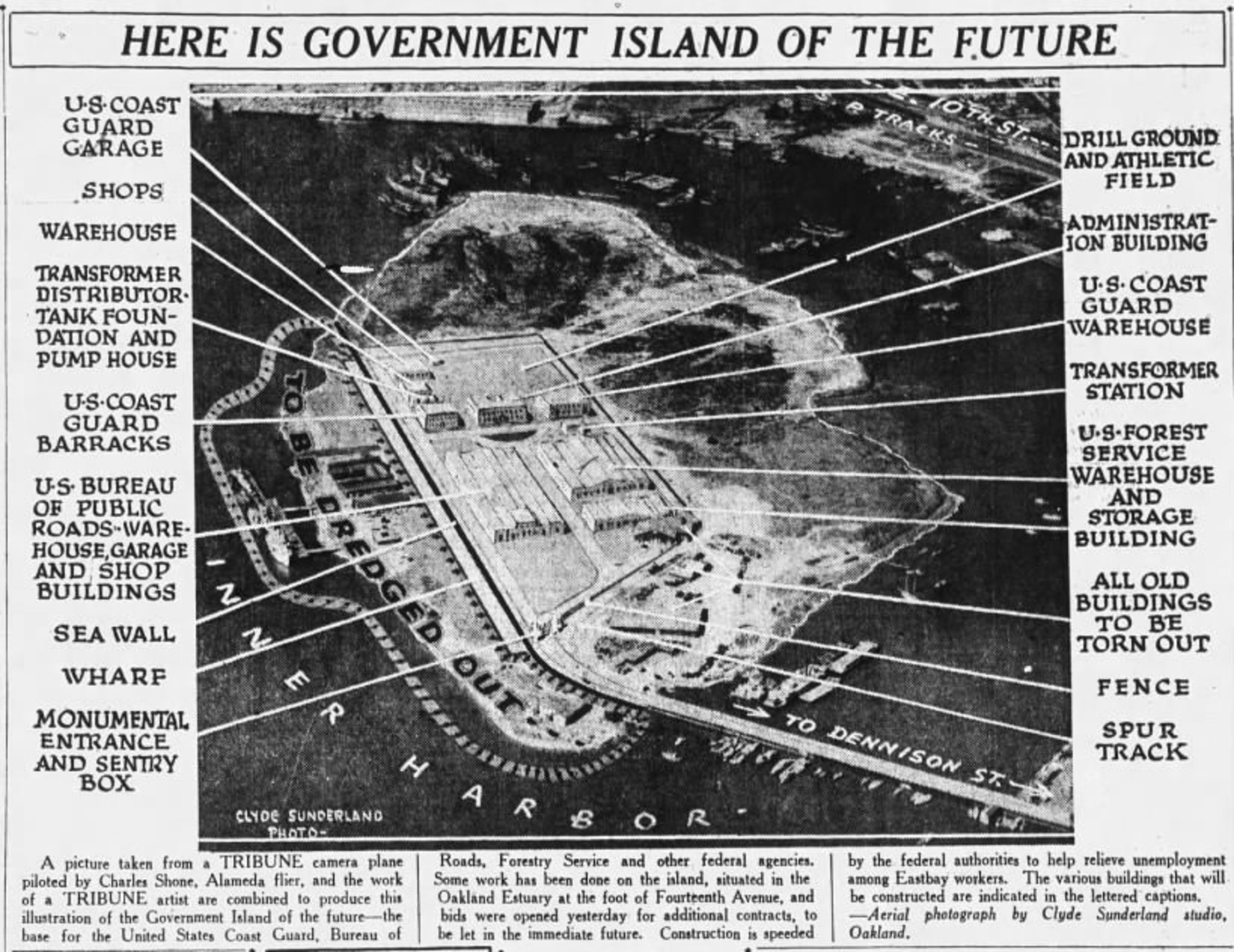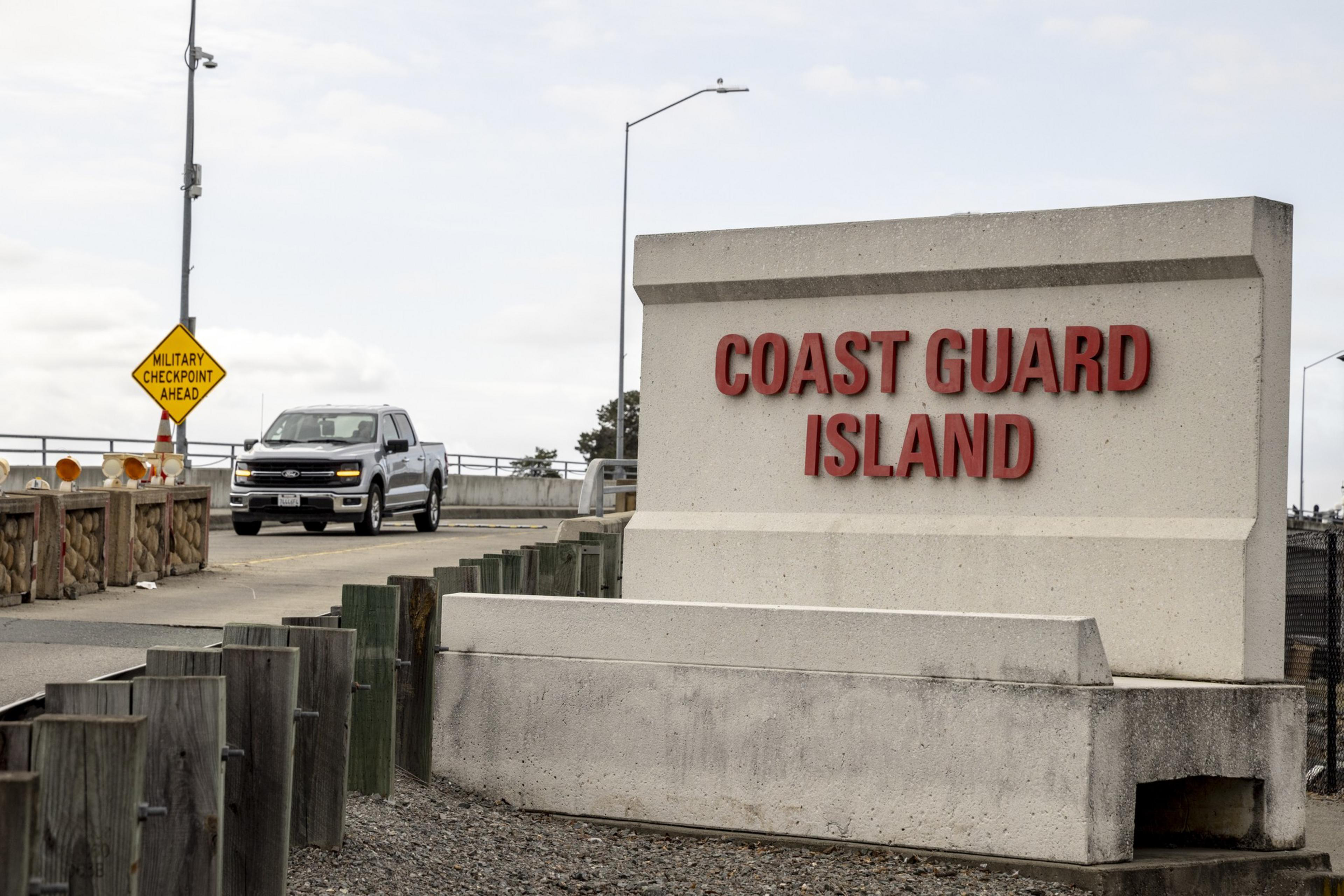An artificial island in the Oakland estuary has become a flashpoint in the federal government’s deployment to the Bay Area.
The 67-acre strip of land known as Coast Guard Island — or, more formally, as Base Alameda — was slated to serve as a “place of operations” for an influx of U.S. Customs and Border Protection agents who were expected to arrive Thursday.
But early this morning, President Donald Trump said he halted the deployment to San Francisco, citing calls from Mayor Daniel Lurie and Silicon Valley business leaders who implored him to back off.
It’s unclear if CBP agents plan to deploy to other Bay Area cities, and some protesters still plan to demonstrate and block passage to the facility.
Early Thursday morning, hundreds of demonstrators had already gathered on the one road of access to the island, and federal agents deployed flash-bang grenades and pepper spray in several testy confrontations.
The island is one of the Coast Guard’s largest bases on the West Coast. It’s nestled between the cities of Oakland and Alameda, 13 miles from downtown San Francisco via the Bay Bridge.
Base Alameda serves as a hub for 1,500 active-duty personnel and 400 civilian contractors, according to the Veteran Affairs Loan Network (opens in new tab). It’s unclear how many housing units are on the island, which is a secure facility relatively isolated from public view.
During peacetime, the Coast Guard operates under the Department of Homeland Security, which also houses U.S. Immigration and Customs Enforcement.

The island was constructed (opens in new tab) in 1915 using dredged materials and initially served as a World War I shipyard. The Coast Guard started using the land several years later, and by World War II, the island was a full-fledged training center.
Today, the base is home to four Coast Guard cutters and several command centers, including U.S. Coast Guard Southwest, which engages in search and rescue, homeland security, and law enforcement missions.
The Coast Guard’s nonessential workers are currently furloughed (opens in new tab) because of the federal government’s ongoing shutdown, though employees received (opens in new tab) mid-October paychecks.
